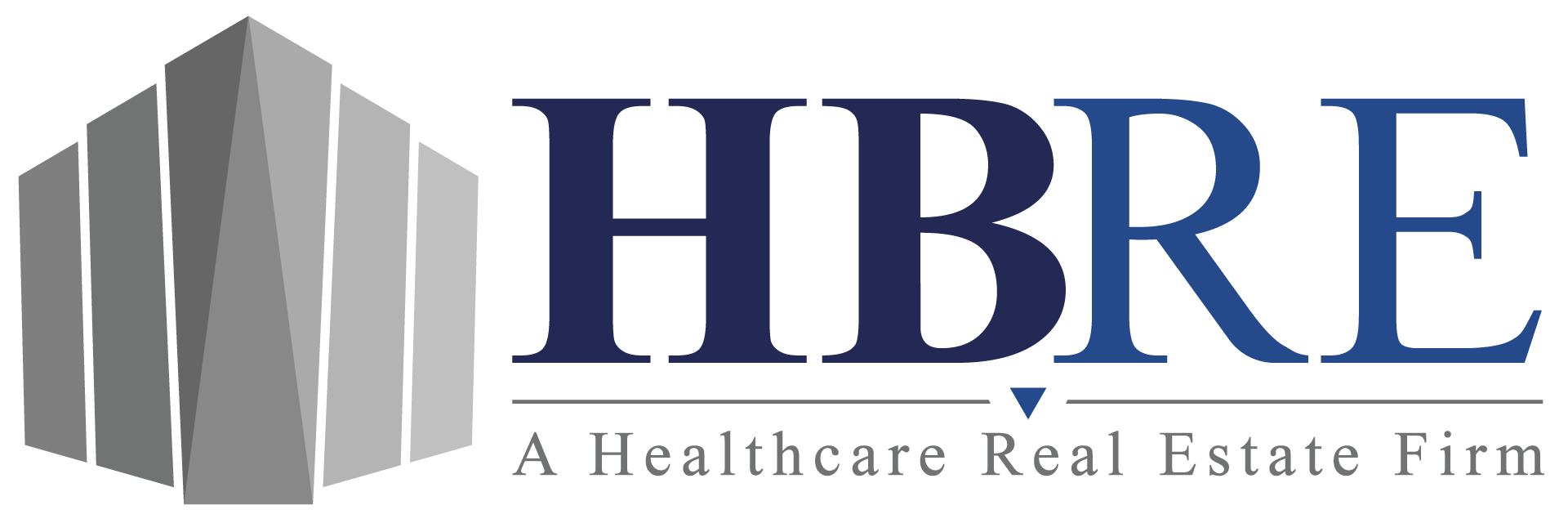New Healthcare Developments Impacting MOB Real Estate
In 2018, medical office buildings (MOBs) were responsible for roughly 22 million square feet of newly constructed commercial real estate (CRE) space in the U.S. That’s a significant number, indicative of the sizeable role that the medical field is playing in the CRE industry. The impact is not just in the number of buildings, but in their size as well. In fact, 44 of the medical developments that are currently being constructed (representing 22% of total, current MOB projects) are over 150,000 square feet. Furthermore, the six largest of those developments are over a substantial 400,000 square feet.
The growth of MOB real estate is big news for investors. And, the expansion of healthcare space is expected to continue to grow over the next several years. So, what significant factor is the driving force behind the development of these healthcare facilities? It’s largely due to the fact that healthcare providers are now offering more outpatient services.
The Benefit of Outpatient Services in MOBs
The development of retail clinics and increase in neighborhood primary care offices across the United States is no longer a new concept. For more than a decade, there has been an increase in localized outpatient facilities that offer the basics of healthcare on a more convenient basis. Medical professionals in these types of facilities can give flu shots, prescribe medications, handle minor injuries, and treat common illnesses. Their proximity to their patients, manageable wait times, and other practical benefits make them advantageous for the citizens in their communities.
In addition to retail clinics, there is a wider range of specialized outpatient care that goes beyond basic medical needs. These services include care such as health coaching, physical therapy, minor surgery, etc. Not only do these treatment options avoid an overnight stay, but they also offer convenient locations and appointment times.
Cost is easily the most notable benefit of these venues. Traditionally, hospital care is more expensive than outpatient facilities. In the cases of minor surgeries or after-hours medical needs, hospital bills can be more costly than outpatient surgery offices or urgent care facilities. Many insurance companies also provide coverage for outpatient appointments and necessary lab work. These facilities offer significant value to their patients without wounding their pocketbooks in the process.
Taking this idea to the next level, many healthcare providers are also beginning to offer facilities with several types of care under the same roof. In some cases, an outpatient surgery center, imaging center, and other specialized providers could all be located in the same building. This is an especially important development for the aging baby boomer generation, who may require care from a wide variety of doctors. For them, a facility housing a centralized team of medical professionals is the most practical and economical option.
The Growth of MOBs and Investor Confidence
Healthcare is already a healthy choice for investor confidence. Now, with the development of more outpatient facilities and growth of MOBs, healthcare real estate is an even safer play for investors. Their risk is relatively low compared to the high volatility of other markets such as residential or retail real estate. Just the 44 projects currently under construction (mentioned above) represent an estimated $5.3 billion in investments. The demand for healthcare facilities is only increasing, and investors know that this is a segment with significant ROI.
Outpatient facilities are not only the future of medical practices, but they are the future of MOB real estate. They are a benefit to both investors and patients alike. This new development in the healthcare industry is sure to have a positive, long-term impact on both.




